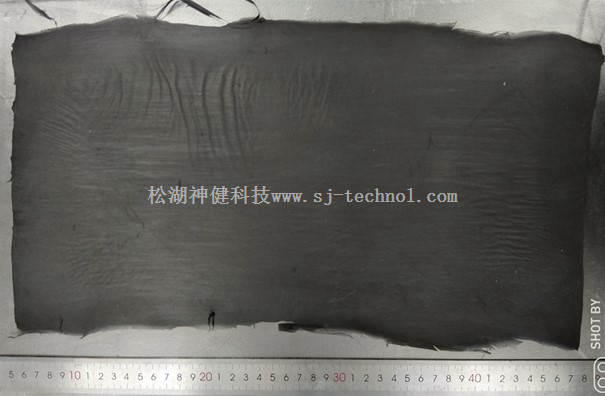Nanofibre filter membrane can be environmentally friendly to a certain extent, and at the same time may have some impact on the environment, as follows:
First, the performance of environmental protection
It can reduce the waste of resources:
Filtration performance: nanofibre filter membrane usually has a high filtration efficiency, which can effectively remove tiny particles, viruses and other pollutants in the air, or filter impurities in the liquid. This makes it possible to reduce the need for raw materials in some applications, for example in water purification processes, which can increase water utilisation and reduce the need to extract new water resources.
Extended equipment In some industrial applications, the use of nanofibre filter membranes protects the equipment from contamination and extends its use. This reduces the frequency of equipment replacement, resource consumption and waste generation.
Recyclability and reusability:
Some nanofibre filter membranes can be designed to be recyclable or reusable. For example, some nanofibre filter membranes can be used multiple times by restoring their filtration performance through cleaning, and other treatments. This reduces the use of disposable filter membranes and the amount of waste generated.
For some nanofibre filter membranes made from degradable materials, they can be degraded relatively quickly in the natural environment at the end of their use, reducing long-term pollution of the environment.
Low energy production:
Some nanofibre filter membranes can be produced using relatively low-energy technologies, such as electrostatic spinning and other methods. These techniques can energy consumption and reduce negative environmental impacts compared to traditional methods of filter material production.

II. Possible environmental impacts
Environmental impacts during production:
Acquisition of raw materials: the production of nanofibre filter membranes usually requires specific raw materials such as polymers and nanomaterials. The acquisition of these raw materials may involve issues such as resource extraction, energy consumption and environmental pollution. For example, the production of some polymers may require the consumption of large quantities of fossil fuels such as oil, and may emit greenhouse gases and other pollutants during the production process.
Production process: Some chemicals and solvents may be used in the production of nanofibre filter membranes, and the use and disposal of these substances may cause environmental pollution. For example, organic solvents may be used in the electrostatic spinning process, and the volatilisation of these solvents may have an impact on air quality. In addition, wastewater and exhaust emissions from the production process need to be treated effectively to minimise pollution of the environment.
waste disposal issues:
Non-biodegradable Filter Membrane: If the nanofibre filter membrane is made of non-biodegradable materials, the disposal of this waste at the end of its useful life will be an issue. If not handled properly, it may cause long-term pollution to the environment. For example, some plastic-based nanofibre filter membranes may accumulate in the environment and pollute soil and water bodies.
Biodegradable Filter Membranes: Although biodegradable nanofibre filter membranes can be degraded in the natural environment, some by-products may be produced during the degradation process, and the environmental impacts of these by-products need to be assessed. For example, some biodegradable nanofibre filter membranes may release organic substances during the degradation process, which may have an impact on the ecosystems of soil and water bodies.
Potential ecological risks:
Release of nanomaterials: nanofibre filter membranes may contain nanomaterials which may be released into the environment during use. If these nanomaterials enter soil, water bodies or the atmosphere, there may be potential risks to ecosystems. For example, nanoparticles may be absorbed by living organisms and have an impact on their health. Currently, there are many uncertainties about the behaviour and ecological risks of nanomaterials in the environment, and further research and assessment is needed.
